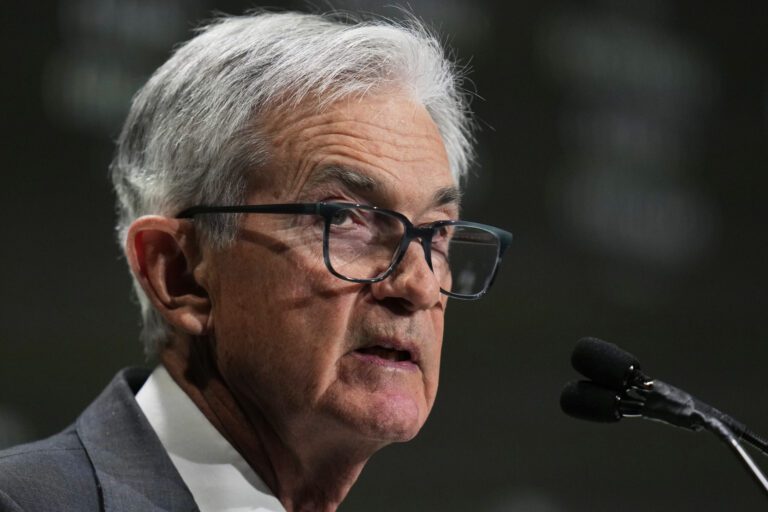Supreme Court Upholds Presidential Authority, Cautions Against Dismissing Federal Reserve Chair
The latest decision from the U.S. Supreme Court reaffirms President Trump’s authority to fire officials in executive branch agencies. However, the ruling seems to serve as a warning against any attempt to dismiss Federal Reserve Chairman Jerome Powell, amid the president’s ongoing discontent with the central bank’s monetary policy.
Supreme Court Decision Details
In a recent unsigned order concerning the case of Trump v. Wilcox, the Supreme Court upheld the notion that the president has the power to remove certain executive officials without needing to provide cause, while legal issues regarding these removals are resolved in lower courts.
- Key Highlights of the Ruling:
- The court emphasized that the government may face greater harm if a removed officer continues to exercise executive power compared to the potential consequences for an officer who is wrongfully dismissed.
- This ruling supports the executive autonomy of the president, stating that the Constitution allows the president to remove officers who implement executive power on his behalf, with limited exceptions.
Case Background
The legal challenge stemmed from the dismissals of Gwynne Wilcox from the National Labor Relations Board (NLRB) and Cathy Harris from the Merit Systems Protection Board (MSPB). Both officials argued that they were protected by federal laws preventing terminations without cause. However, the court’s order hints at a strong likelihood that the president will prevail in this legal battle.
Unique Status of the Federal Reserve
While the court’s majority supports the president’s power, it draws a clear distinction regarding the Federal Reserve. The justices noted:
- The Fed is a “uniquely structured,” quasi-private institution that holds historical significance, echoing the traditions of the First and Second Banks of the United States.
- This suggests that the Federal Reserve enjoys a level of protection not afforded to typical agency officials, implying that Mr. Trump should be cautious in any move to demote Chairman Powell.
Implications on Monetary Policy
President Trump has made no secret of his dissatisfaction with Powell, particularly regarding interest rate policies. As inflation concerns mount due to tariffs, the Fed is unlikely to yield to presidential pressure for rate cuts, leading to rising tensions.
In April, Trump notable remarked, "If I want him out, he’ll be out of there real fast, believe me. I’m not happy with him." Such statements underscore the ongoing challenge between executive authority and the Fed’s independence.
Dissenting Opinions
The court’s three liberal justices dissented, pointing out the sudden arrival of the conversation regarding the Fed’s independence. Justice Elena Kagan articulated her concerns, stating that the majority’s comments on the constitutionality of removal protections for the Fed seem unprompted and may be viewed as a message to the White House not to pursue dismissing Powell.
Powell’s Response
When speculation arose about his potential dismissal following Trump’s election victory, Powell maintained that such an act is “not permitted under the law.” His comments highlight the weighty legal protections surrounding the position of Federal Reserve Chairman.
Final Thoughts
The Supreme Court’s recent ruling not only reinforces presidential powers regarding executive dismissals but also emphasizes the delicate balance of authority between the White House and independent agencies like the Federal Reserve. As the landscape of U.S. monetary policy continues to evolve, the interplay between presidential influence and institutional independence will remain critical in shaping economic outcomes.
For those interested in understanding the complexities of the Federal Reserve’s role in the economy, consider exploring reliable financial news sources such as Bloomberg or Reuters.


